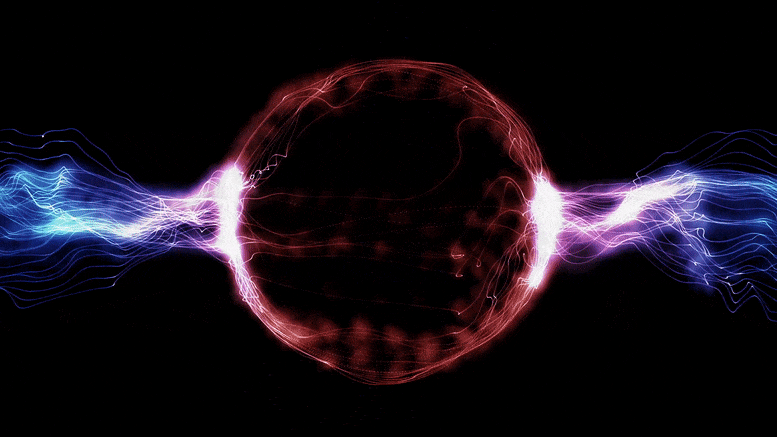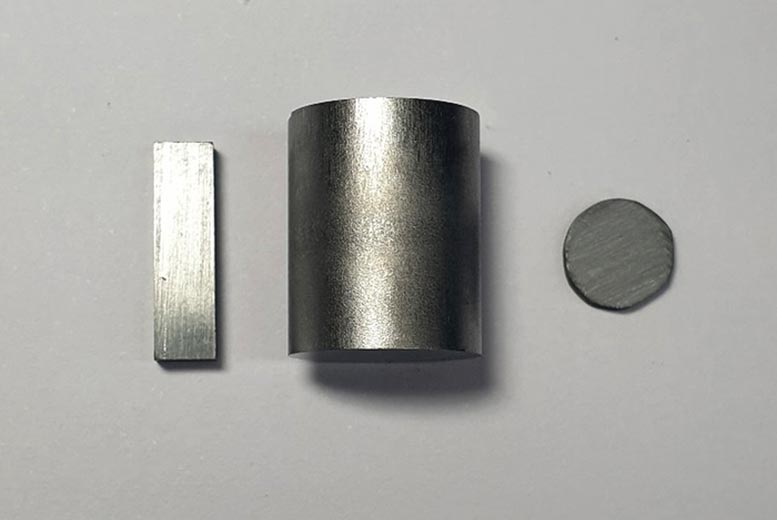
Purified tin selenide has extraordinarily high thermoelectric performance.
Perseverance,
A team of scientists from 
Purified tin selenide shown in pellet form. The material has extraordinarily high thermoelectric performance. Credit: Northwestern University
“Thermoelectric devices are in use, but only in niche applications, such as in the Mars rover,” said Northwestern’s Mercouri Kanatzidis, a chemist who specializes in the design of new materials. “These devices have not caught on like solar cells, and there are significant challenges to making good ones. We are focusing on developing a material that would be low cost and high performance and propel thermoelectric devices into more widespread application.”
Kanatzidis, the Charles E. and Emma H. Morrison Professor of Chemistry in the Weinberg College of Arts and Sciences, is a co-corresponding author of the study. He has a joint appointment with Argonne National Laboratory.
Details of the thermoelectric material and its record-high performance were published on August 2, 2021, in the journal Nature Materials.
In Chung of Seoul National University is the paper’s other co-corresponding author. Vinayak Dravid, the Abraham Harris Professor of Materials Science and Engineering at Northwestern’s McCormick School of Engineering, is one of the study’s senior authors. Dravid is a long-time collaborator of Kanatzidis’.
Thermoelectric devices are already well defined, says Kanatzidis, but what makes them work well or not is the thermoelectric material inside. One side of the device is hot and the other side cold. The thermoelectric material lies in the middle. Heat flows through the material, and some of the heat is converted to electricity, which leaves the device via wires.
The material needs to have extremely low thermal conductivity while still retaining good electrical conductivity to be efficient at waste heat conversion. And because the heat source could be as high as 400-500 degrees

